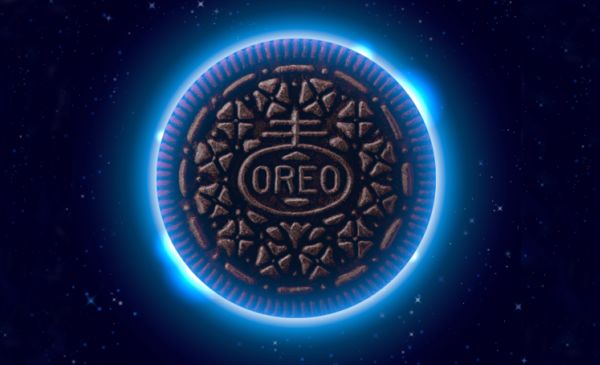
After the super bowl in February 2013, virtually every business publication had at least one article on the same, simple food item. And it wasn’t a new food item either. The confection in question has been around since 1912, and it looks much the same as it did back then. So what hundred-year-old food was making headlines? It was the Oreo. Four minutes into the blackout of the Super Bowl stadium that year, Oreo’s “You can still dunk in the dark” tweet immediately began attracting attention and sparking conversations about real-time marketing and the future of social media in consumer goods sales.
While it’s hard to say how much of Oreo’s growth since is attributable to its social media campaigns, its expansion into Asian markets, or a combination of other factors, the decision to bring Oreo digital comes from a very important insight. In 2012, the chief marketing officer of Kraft (which owned Oreo at the time) realized that Oreo is an impulse-purchase brand that no longer competes against just other salty snacks and sweet confections. She recognized that a customer waiting in the checkout line at the store is really looking to pass time or find relief from the stress of shopping. Through that competitive lens, the customer is more likely to devote her attention—and her dollars—to the mobile app in her hand than the sleeve of Oreos on the rack.
While many brands have incorporated social media strategies into their marketing plans, Oreo is ahead of the game in realizing that its customers are buying its products to satisfy jobs that can also be fulfilled through other products and services. This is ironic, given that the insight was put forward profoundly by the great management writer Peter Drucker back in 1964:
“The customer rarely buys what the business thinks it sells him. One reason for this is, of course, that nobody pays for a “product.” What is paid for is satisfaction. But nobody can make or supply satisfaction as such—at best, only the means to attaining it can be sold and delivered. Because the customer buys satisfaction, all goods and services compete intensively with goods and services that look quite different, seem to serve entirely different functions, are made, distributed, sold differently—but are alternative means for the customer to obtain the same satisfaction.”
Contributed to Branding Strategy Insider by Stephen Wunker, excerpted from his new book JOBS TO BE DONE: A Roadmap for Customer-Centered Innovation, with permission from AMACOM publishing.
The Blake Project Can Help You Grow: The Brand Growth Strategy Workshop
Branding Strategy Insider is a service of The Blake Project: A strategic brand consultancy specializing in Brand Research, Brand Strategy, Brand Growth and Brand Education
FREE Publications And Resources For Marketers
Read more: brandingstrategyinsider.com
